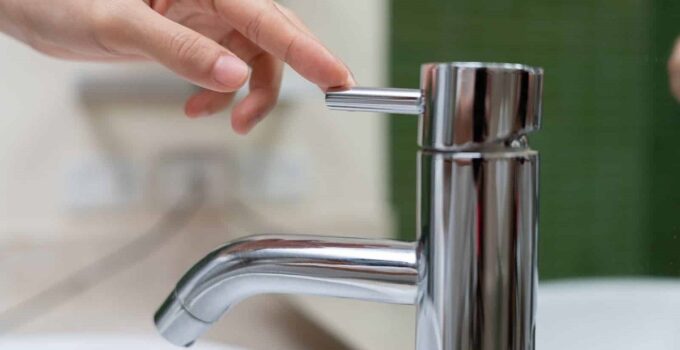In a bid to avoid another water crisis reminiscent of Flint, Michigan, Biden’s administration has announced a slew of funding that will go towards ensuring towns have easy access to clean and safe drinking water.
Government’s Three Billion Dollar Initiative

Image Credit: Shutterstock / Consolidated News Photos
Biden’s administration has just announced over three billion dollars in funding to ensure communities across the nation have access to clean water.
Funding from Bipartisan Infrastructure Law
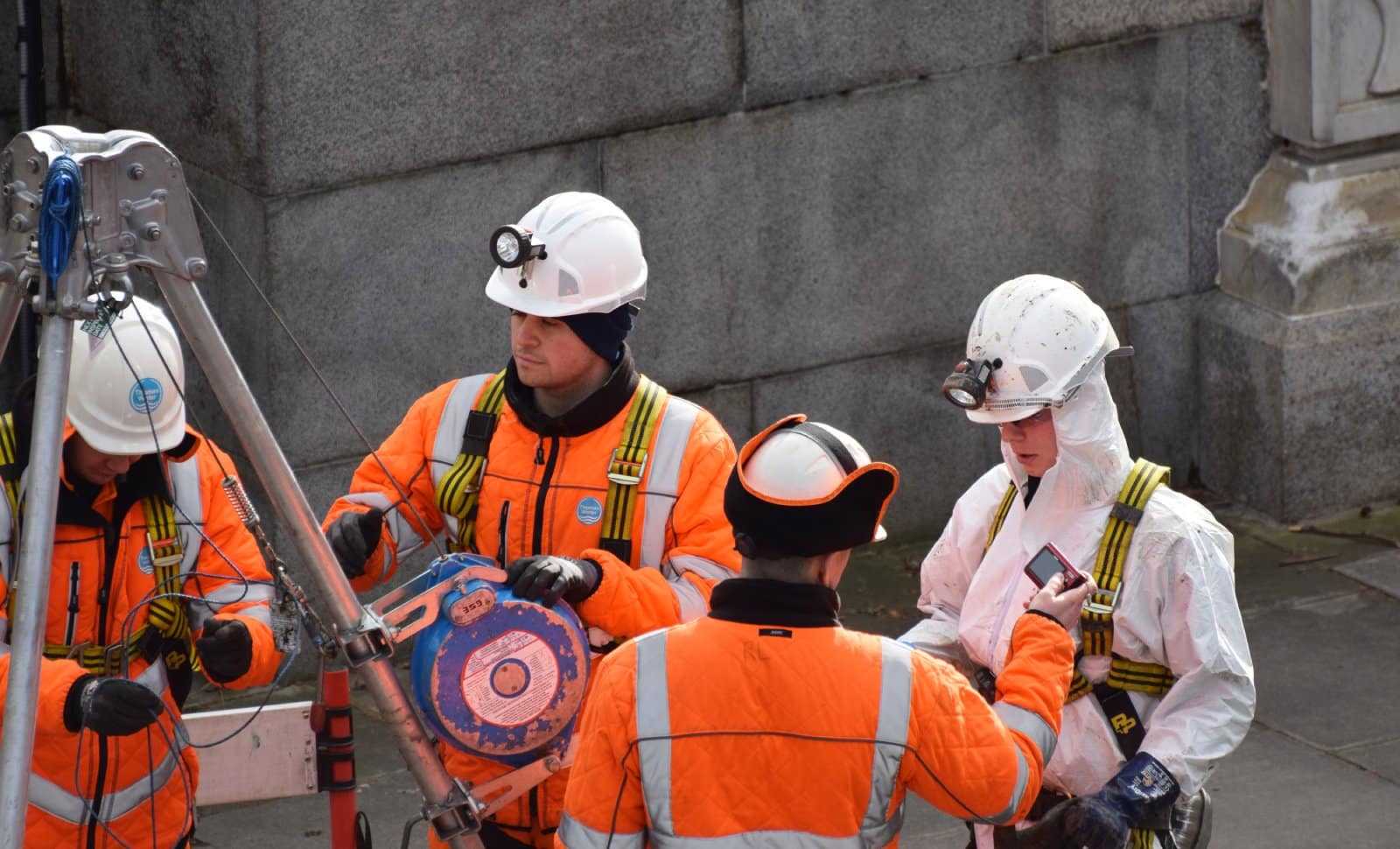
Image Credit: Shutterstock / Amani A
The money, funded from the 2021 Bipartisan Infrastructure law, will go towards removing lead water service pipes across the country and replacing them with safe alternatives – with copper being the favorite material of choice. Service lines are pipes that deliver water from the water main to homes.
National Priority

Featured Image Credit: Shutterstock / Aleksandar Malivuk
The $3 billion released is part of over $50 billion earmarked in the Bipartisan Infrastructure Law for upgrading America’s water infrastructure – one of the biggest investments in clean water in American history.
White House’s Multi-Year Plan
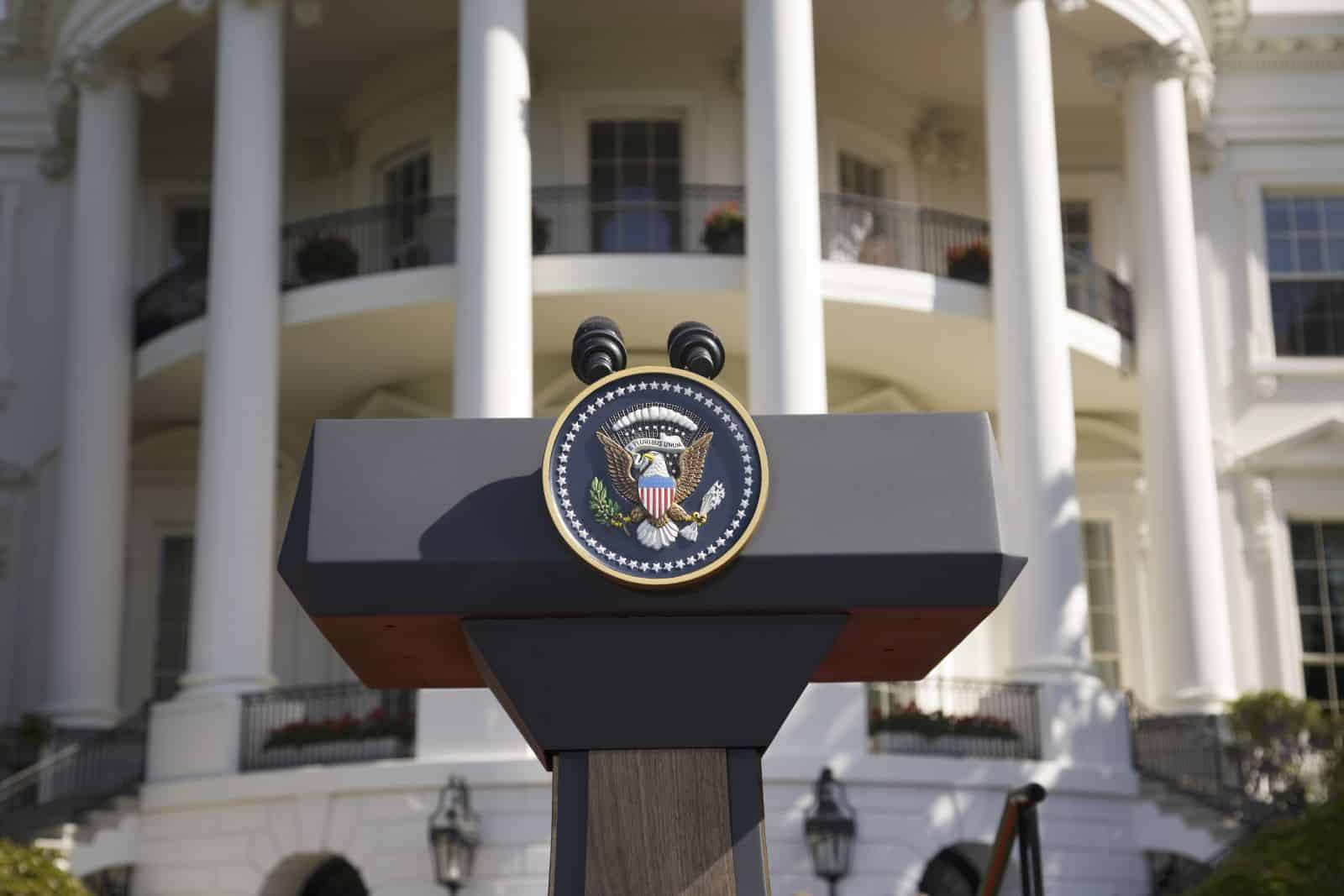
Image Credit: Shutterstock / Joseph Sohm
The newly released funding is expected to cover three years’ worth of lead pipe removal, with White House officials predicting it could mean almost 2 million fewer lead pipes by 2027.
President Biden’s Announcement
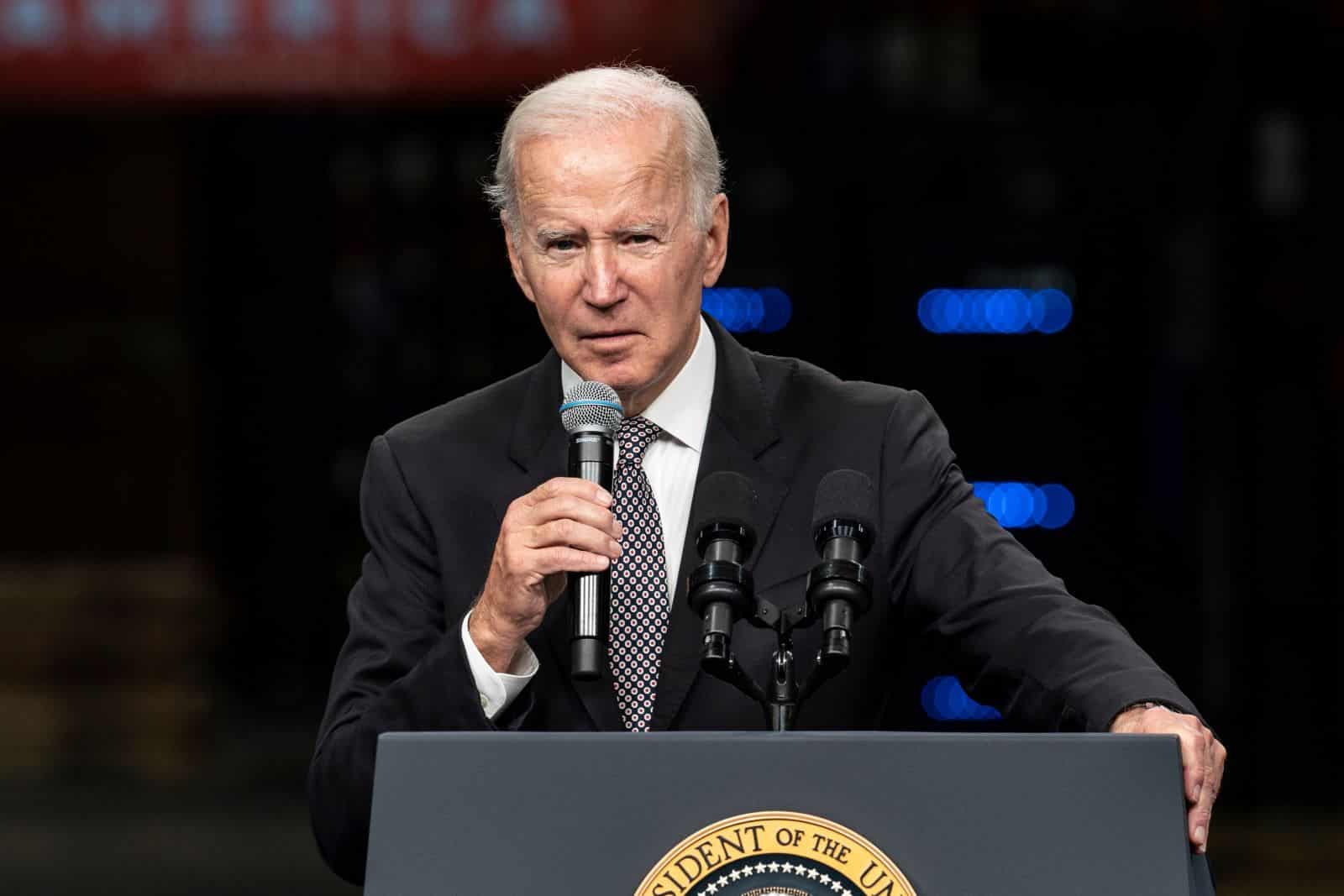
Image Credit: Shutterstock / lev radin
At a press conference in Wilmington, North Carolina, in which Biden announced the release of new funding, the president said, “These lead lines are tough, durable, and they don’t rust. But we’ve long since learned they leach poisonous toxins into our water.”
Lead’s Toxicity

Image Credit: Shutterstock / Jacob Lund
He went on to say, “The science is clear. Lead service lines pose severe health risks, damaging brains and kidneys. In children especially, they stunt growth, slow learning, and cause lasting brain damage. But we know we can stop it. We know how to do it.”
Health Risks and Environmental Impact

Image Credit: Shutterstock / Ground Picture
In the past, pipes were made of lead due to its durability, but over time, science has revealed how lead is a neurotoxin that can leach into the water going through it, resulting in health issues for those exposed to it.
Vulnerable Populations

Image Credit: Shutterstock / imtmphoto
Young kids, infants, and fetuses are the biggest risk, as their undeveloped immune systems place them at a far greater risk of nervous system damage, learning difficulties, and a host of other medical complications.
EPA Guidelines
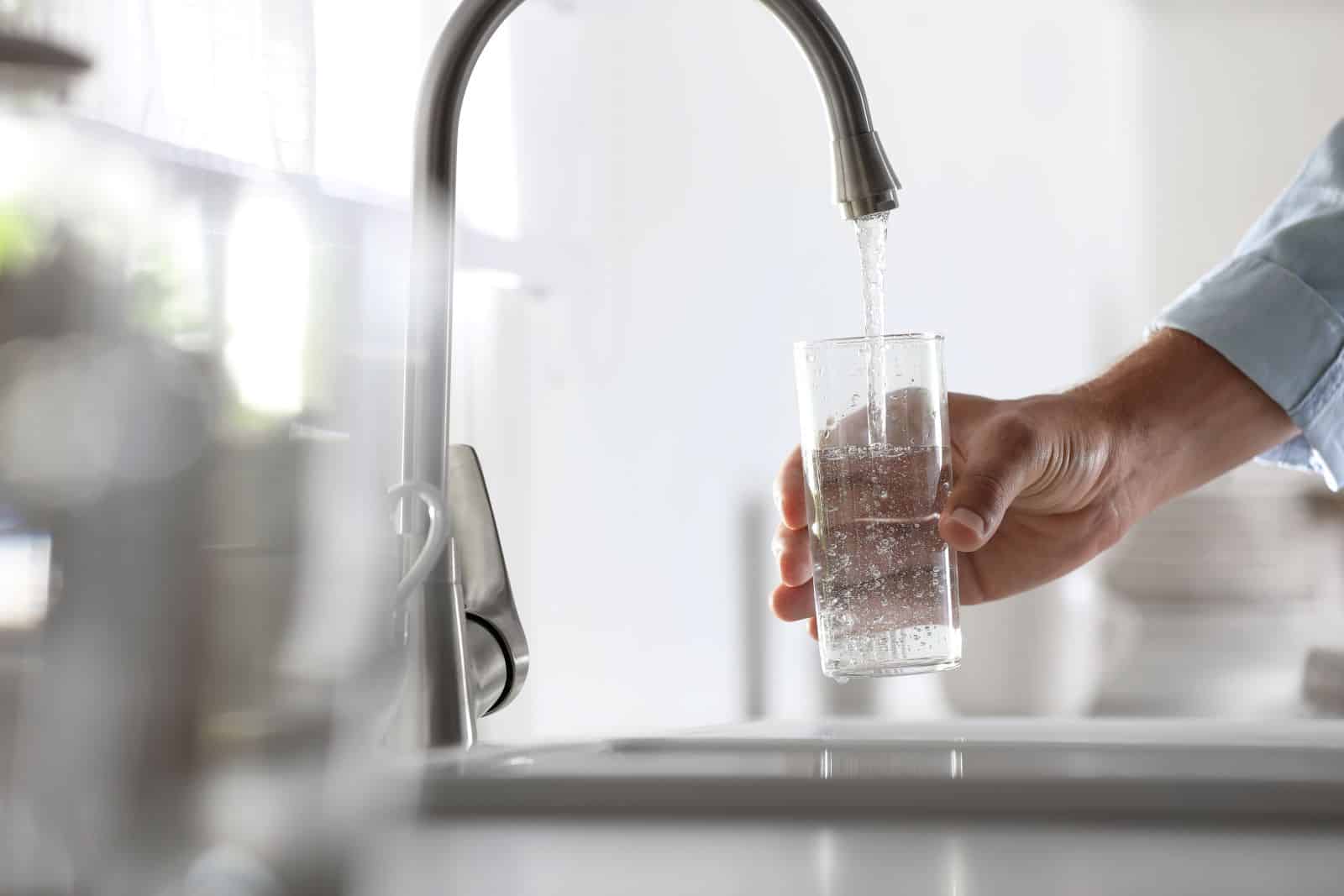
Image Credit: Shutterstock / New Africa
Because lead accumulates in the body and poses health risks at even low exposure levels, the EPA has concluded that no level of lead is safe in the body. Some of the biggest risks from lead pipes are from water mains on streets that are connected to pipe fixtures in homes.
Long-Term Benefits
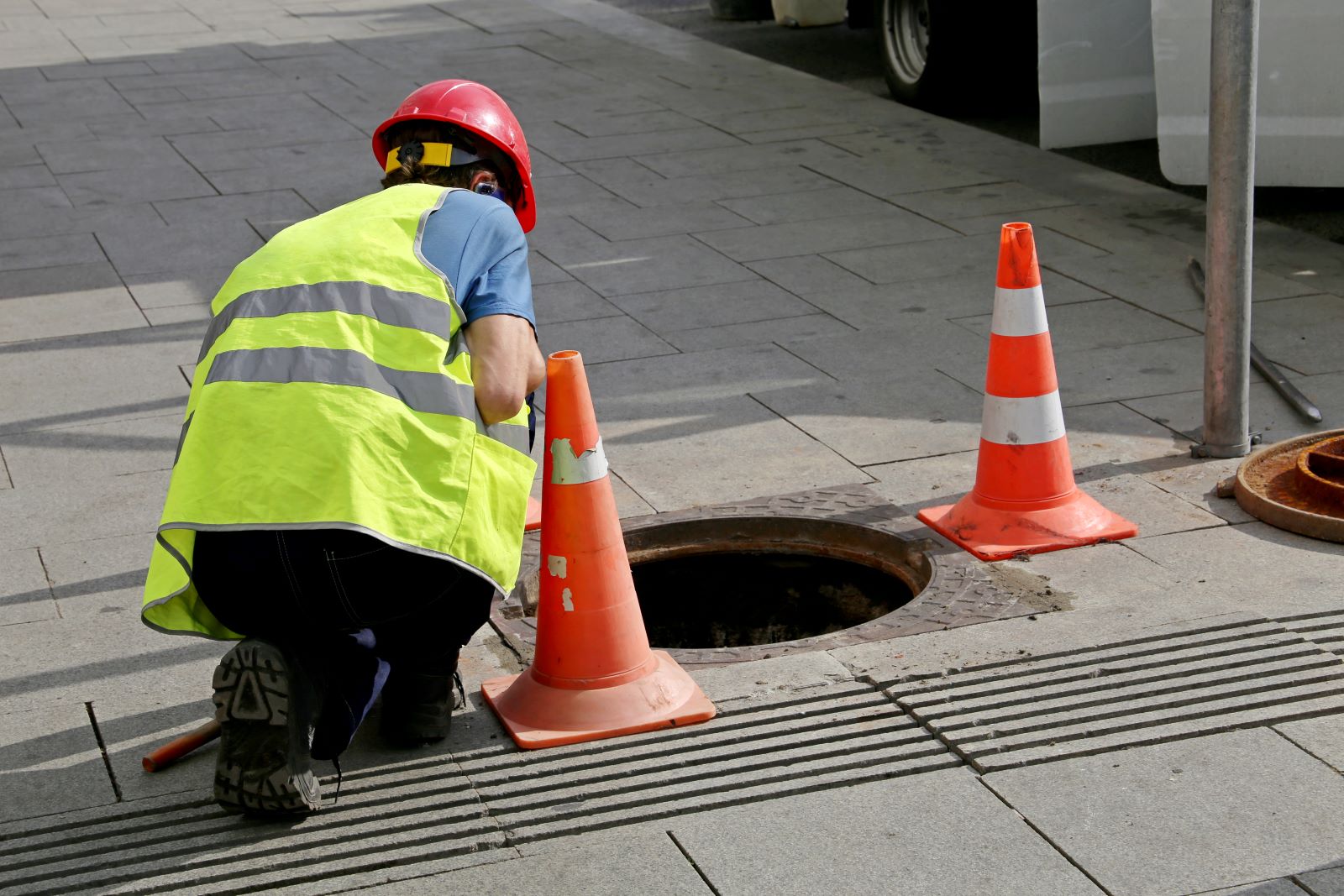
Image Credit: Shutterstock / Oleg Elkov
So far, the government has spent around $9 billion removing lead pipes across the country. While many think it is a costly investment, the long-term benefits far outweigh the price.
Public Health Impact

Image Credit: Shutterstock / Aleksandr Ozerov
The EPA predicts that getting rid of lead pipes will save thousands of lives and cut public health costs nationwide.
State Allocation of Funds

Image Credit: Shutterstock / Freedomz
The government has allocated the money based on the number of lead pipes per state and throughout each territory.
Illinois Leading the Charge
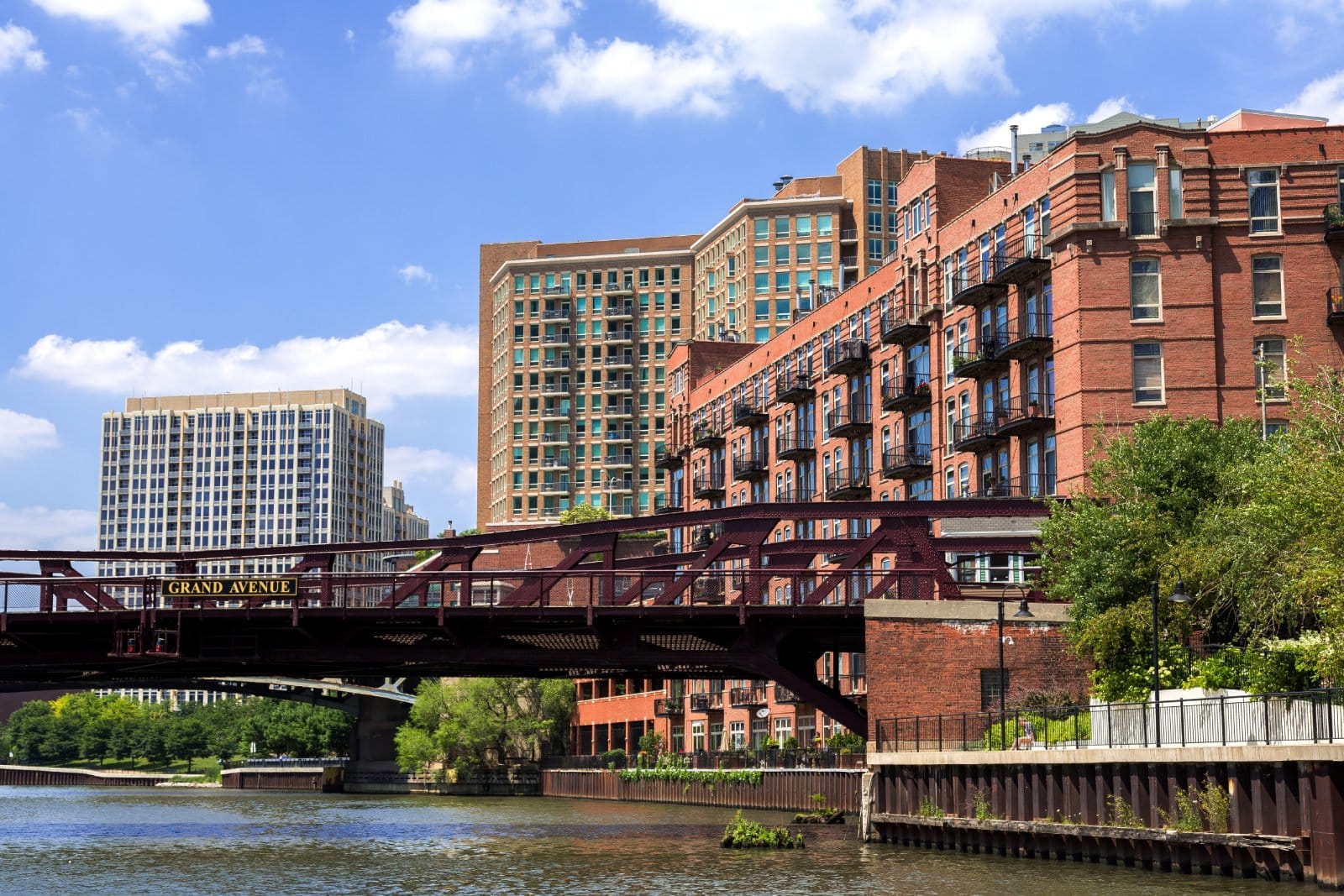
Image Credit: Shutterstock / David Harmantas
Leading the way when it comes to lead pipe removal funding is Illinois, which has been granted over $240 million – the largest amount from the $3 billion.
State Funding Breakdown

Image Credit: Shutterstock / Indypendenz
Other states that are going to benefit from the funds include Pennsylvania ($152 million), New York State ($129 million), New Jersey ($123 million), Michigan ($62 million), Virginia ($49 million), Tennessee ($84 million), North Carolina ($76 million), Denver ($32.8 million), Milwaukee ($41 million), Maryland ($29 million), Mississippi ($29 million), Kansas ($28.6 million), Montana ($28.6 million), Arizona ($28.6 million), Washington ($28 million), and Oregon ($28 million).
Health Study Findings

Image Credit: Shutterstock / tsyhun
This news comes hot on the heels of a March study by medical journal JAMA Pediatrics, which found that an estimated 68% of children younger than six may be exposed to lead-contaminated water on a daily basis – with 19% of them using it as their main drinking water source.
Water Infrastructure Upgrades

Image Credit: Shutterstock / Prostock-studio
In addition to just fixing lead pipes, the $50 billion in investment is making it easier for people to get clean drinking water, upgrading sewage and sanitation systems, and getting rid of harmful chemicals like Per- and Polyfluorinated Substances (PFAS) from water.
Clean Drinking Water Access
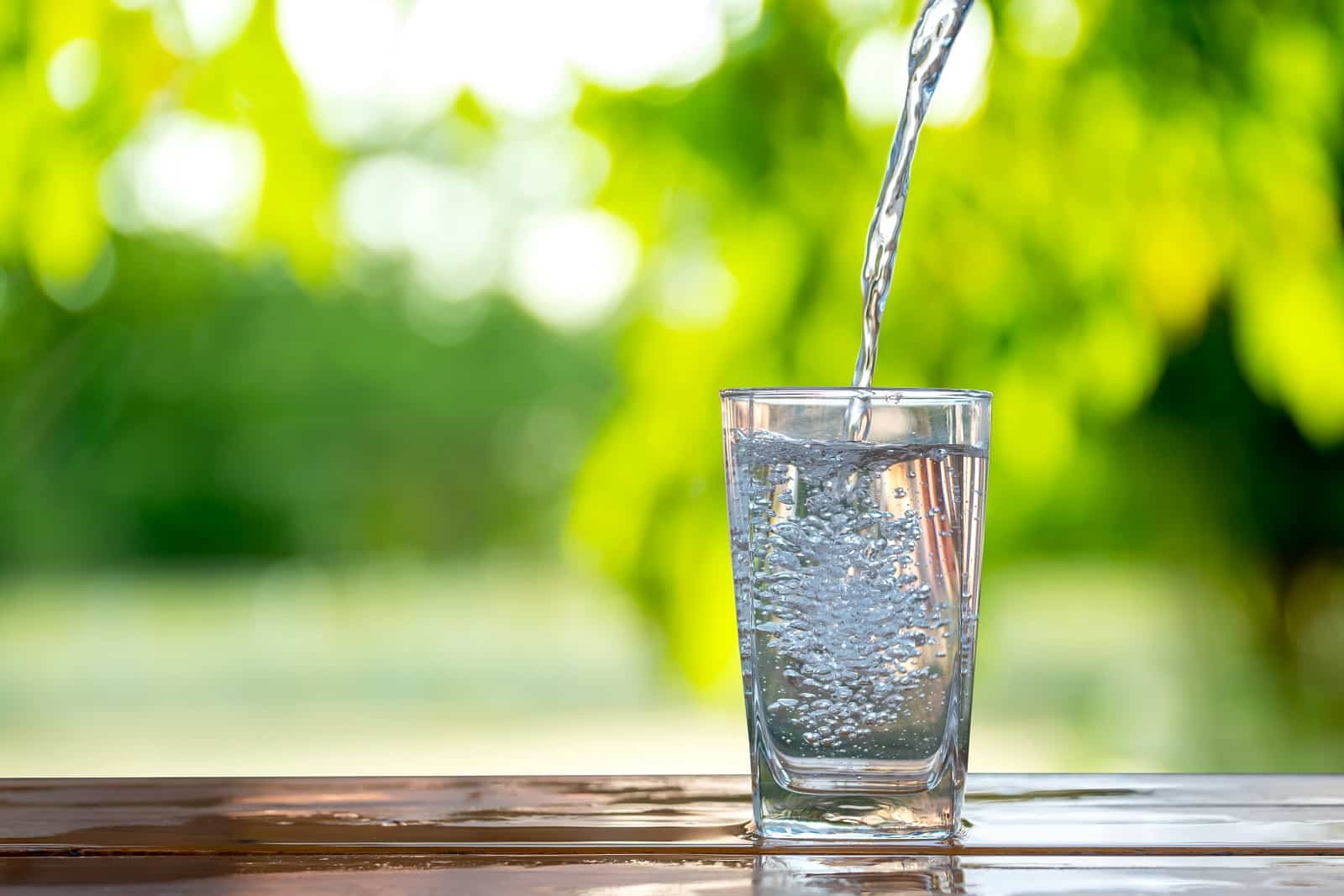
Image Credit: Shutterstock / jinnawat tawong
The government has started more than 1,400 of these projects so far to make sure everyone has access to clean water.
The post – Biden’s $Billion Plan to Eradicate Lead in Drinking Water – first appeared on Mechanic Insider.
Featured Image Credit: Shutterstock / shisu_ka.
The content of this article is for informational purposes only and does not constitute or replace professional financial advice.
